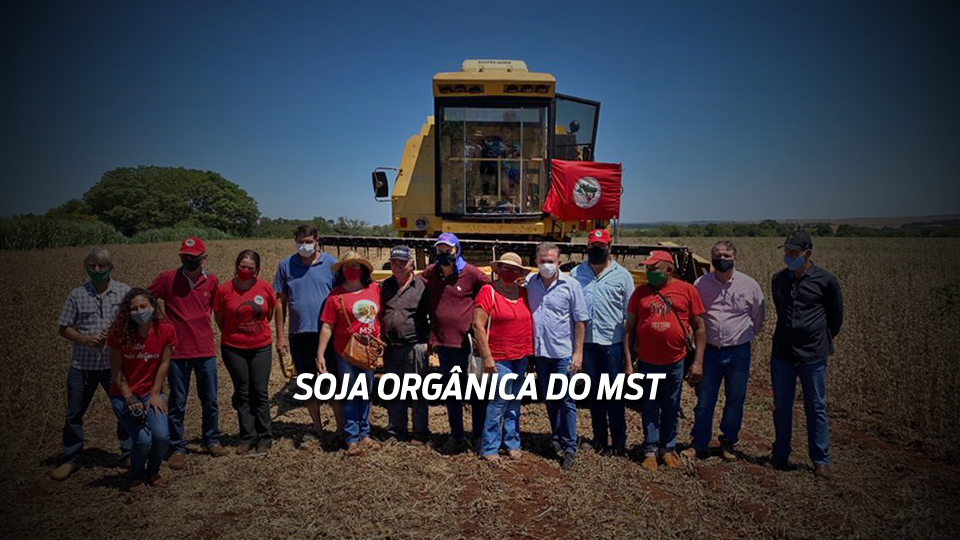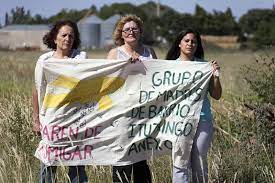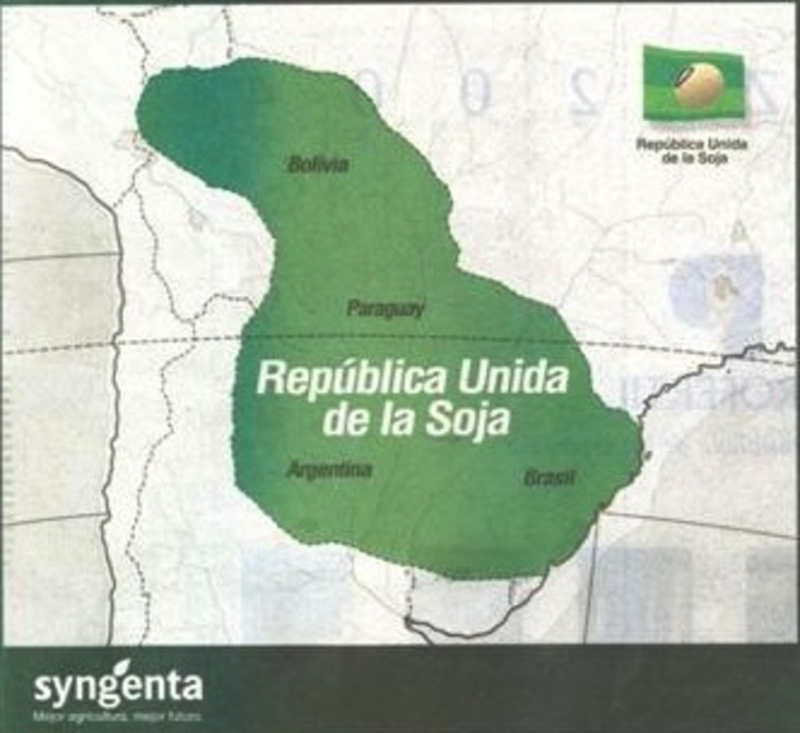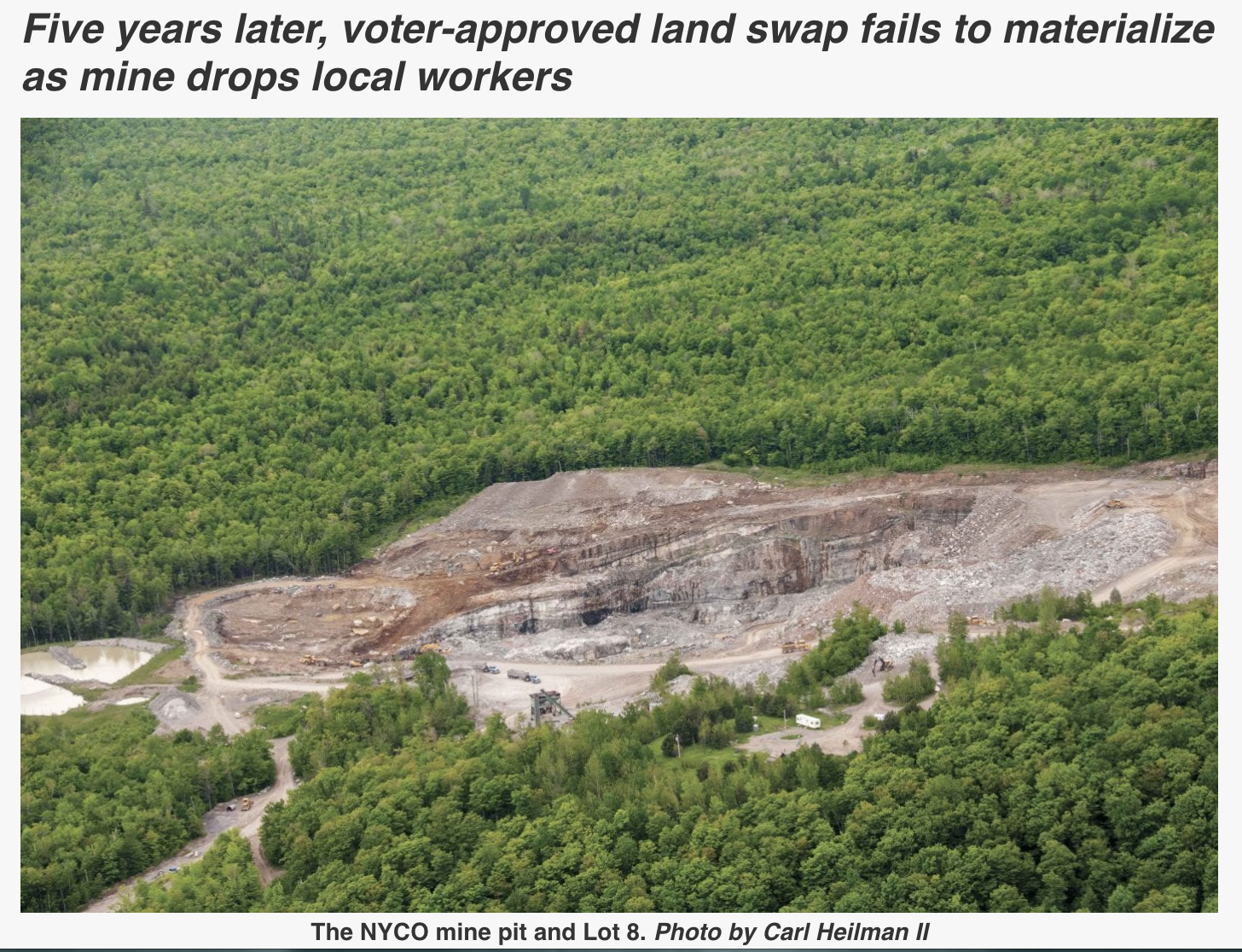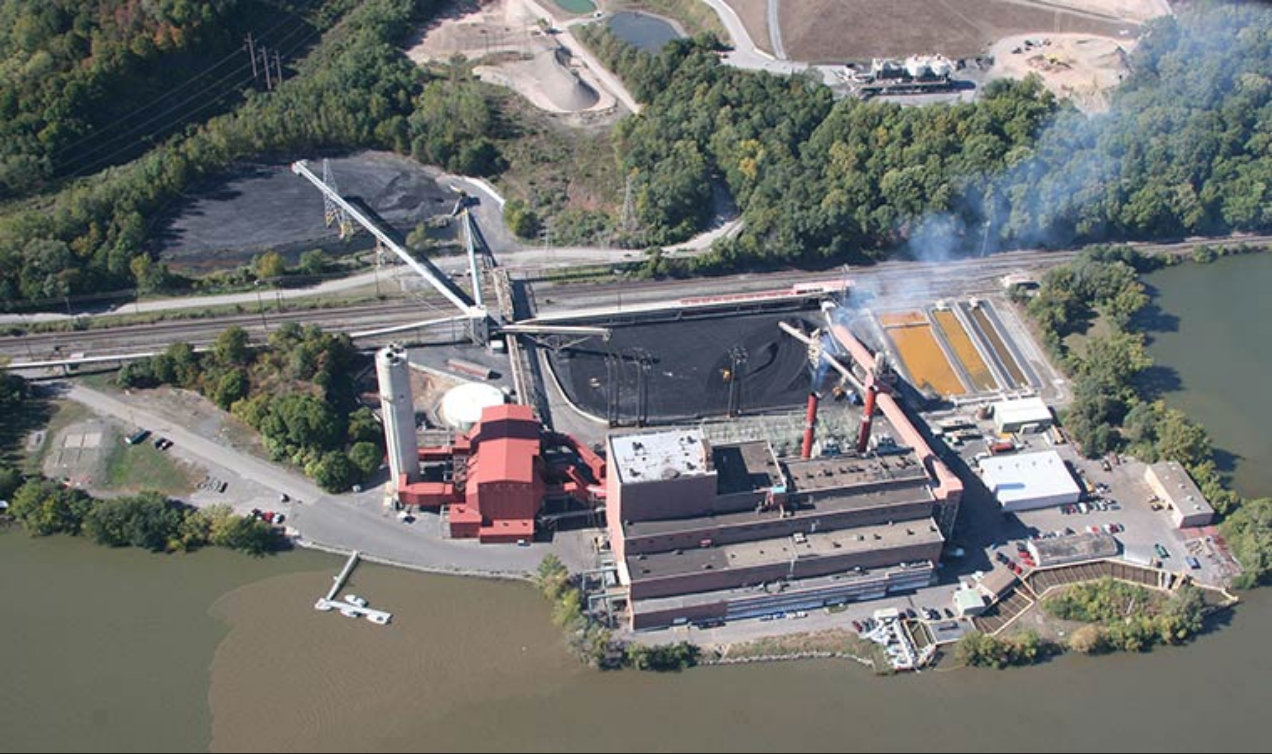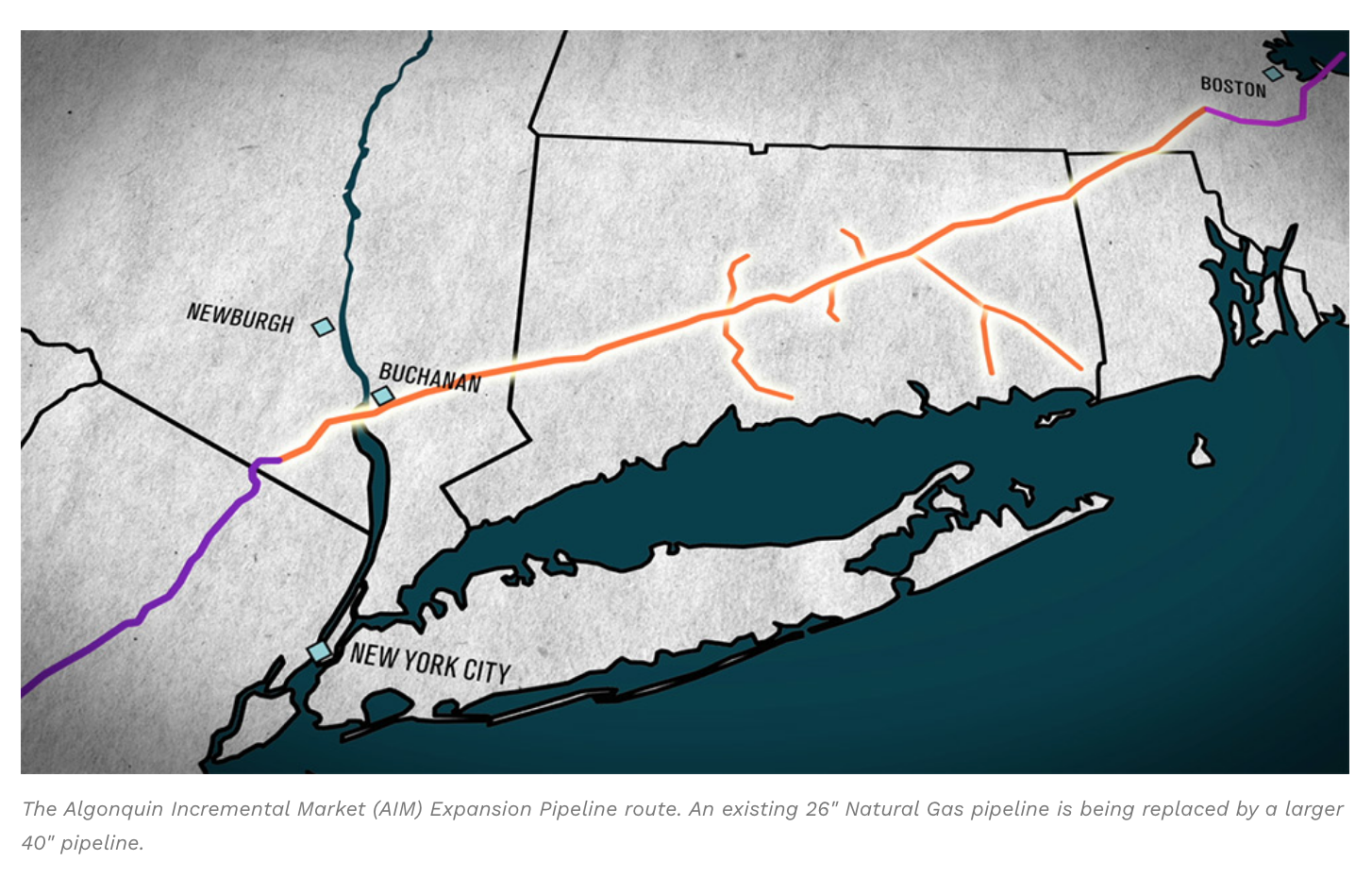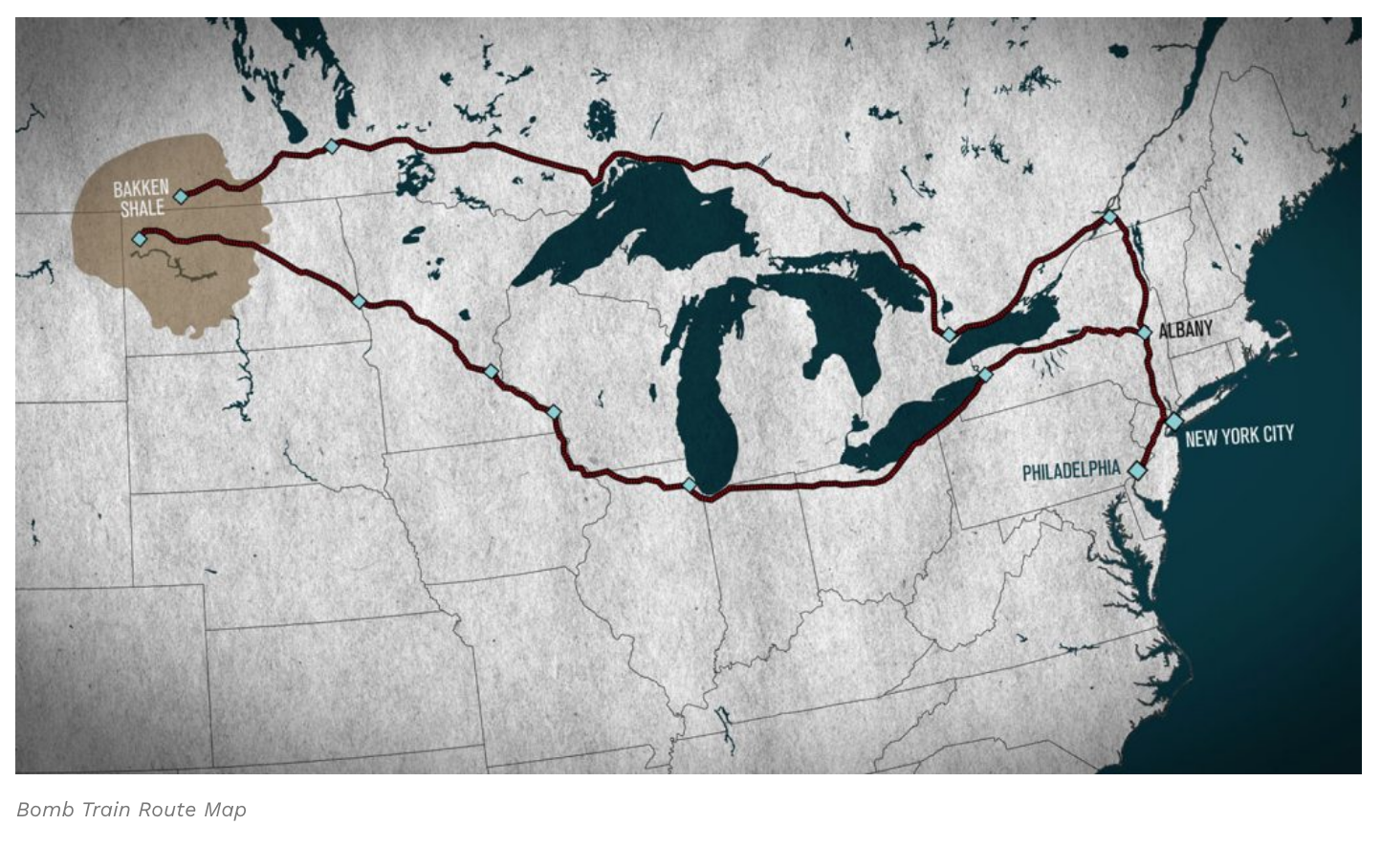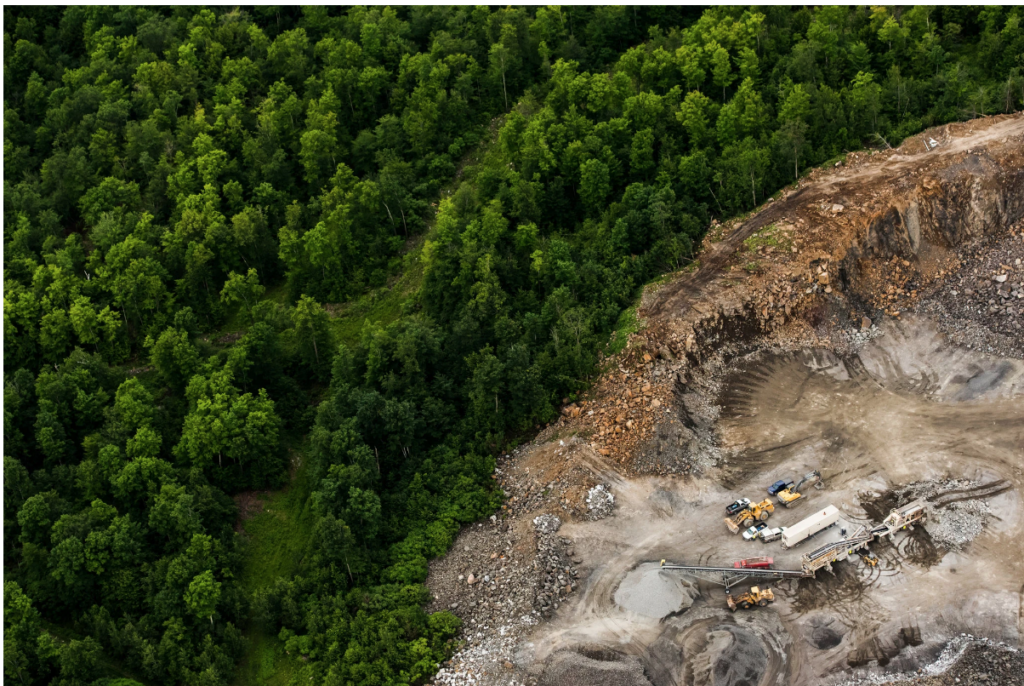In 2009 the Uruguayan author E. Gudynas’s text “10 Tesis Urgentes sobre el Neo-Extrativismo” (10 urgent tesis on neo-extractivism) introduced the new political economic concept of neo-extractivism. Since then it has been widely used in Latin America and the rest of the world.
As analyzed by Mezzadra and Neilson the notion of ‘neo-extractivism’ has emerged in this context as a critical lens with which to view wider transformations of capitalism even under ‘progressive’ governments in the region. “Debates on this topic have unfolded within the framework of what has been described as a transition from the ‘Washington consensus’ to the ‘commodities consensus’ (see for instance Massuh 2012, Svampa and Viale 2014, Svampa 2015). Speaking of ‘neo-extractivism’ implies a reference to the continuity of a long history of the region’s insertion within the capitalist world system through violent forms of raw material extraction and associated processes of dispossession. What the prefix ‘neo’ signals is, on the one hand, a shift towards Asia as the main market for Latin American commodities and, on the other hand, the fact that the ‘re-primarization’ of the economy is connected to the state’s ability to use and direct a certain part of the extraordinary rent from natural resources to the financing of social policies. Critics of ‘neoextractivism’ make strong arguments against the qualities of ‘development’ connected to this primacy of extractive rent, shedding light on environmental pillaging, land grabbing, and the disruption and dispossession of Indigenous and peasant economies.” (Mezzadra and Neilson, 2017:2)
With this #syllabus, and following these opening considerations, our project is to interrogate the concept, trying to understand its contradictions through a dialectical approach. By asking the classic questions What – Where – When – Who – How and using them as a guideline for different case studies, we will try to break down the idea of neo-extractivism and complicate its understanding. What does “neo” mean and what are the ruptures and continuities with historic extractivism? What are the categories of actors engaged with it? What is the specific role of the State? How to examine neo-extractivism through different scales, in different places and incorporating the wide varieties of commodities that are involved? What kinds of social practices and commoning can we detect around/against it?
We will use a variety of material and formats to think through each case, maintaining the inherent chaos of a hashtag research while bringing up resources that invite a more complex understanding of the issue at stake. The geographic and topical variety of the cases will conform a kind of countertopography that will also help us think through the concepts of Global South/North.
Mezzadra, S., & Neilson, B. (2017). On the multiple frontiers of extraction: Excavating contemporary capitalism. Cultural Studies, 31(2–3), 185–204. https://doi.org/10.1080/09502386.2017.1303425

